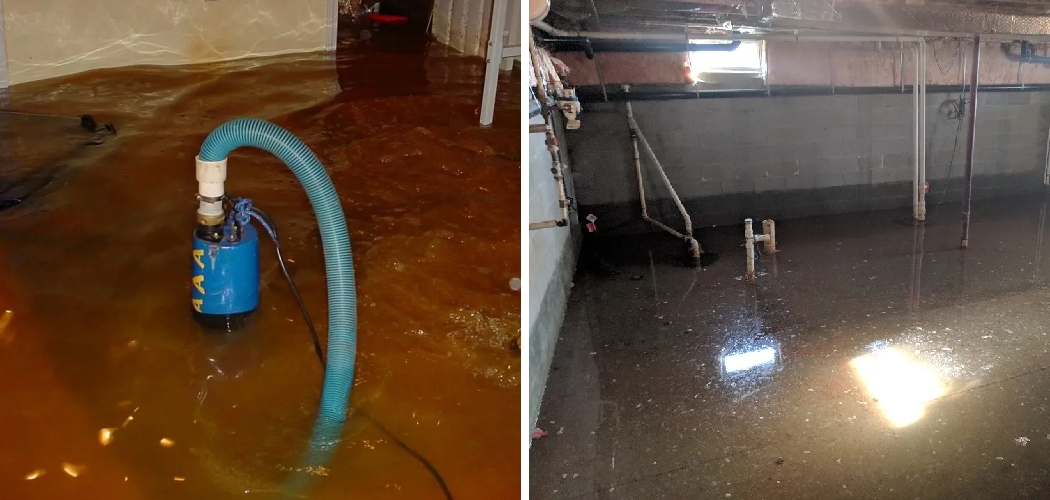Are you dealing with a wet basement? Has water buildup become such an issue that it leaves your home feeling damp and unsafe? Avoid spending thousands of dollars on costly solutions – take action now with these simple tips to pump out water from your basement.
With just the necessary tools, you’ll be able to quickly rid your home of excess moisture and keep it dry all season long. Read on for some easy steps on how to pump out water from basement!
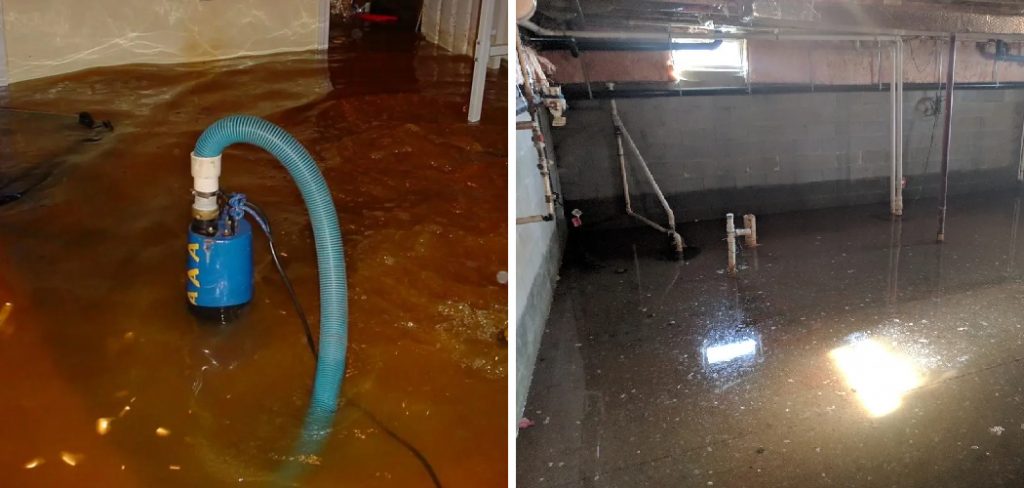
If your basement is full of standing water, immediate action needs to be taken to prevent further damage from occurring – not just to the structure but also all items stored inside. Thankfully, learning to pump out water from your basement doesn’t have to be overly complicated or require expensive tools or machinery; simply read on for our complete guide!
Why is It Important to Pump Out Water From Basement?
1 . To Prevent Water Damage
The most important reason for pumping out water from the basement is to prevent water damage. When water can accumulate in a basement, it can cause costly structural damage and mold growth. By removing the excess water before it has a chance to seep into the walls, floors and other structures of your basement, you will save yourself time and money in repairs down the road.
2 . To Keep the Basement Free of Standing Water
Standing water in a basement can be an eyesore and may even become a health hazard if not removed promptly. Standing water also serves as a breeding ground for mosquitoes, which can lead to mosquito-borne illnesses like West Nile Virus or Zika Virus.
By using a sump pump, you can quickly and easily remove any standing water in the basement, not only keeping it looking clean but also protecting your family’s health.
3 . To Avoid Costly Repairs
If you wait too long to pump out the water from your basement, it may cause costly repairs down the road. Structural damage such as cracking walls or warping floors can be expensive to fix, so it’s best to address the problem as soon as possible. By using a sump pump to remove the water from your basement, you will save yourself time and money in repairs down the road.
4 . To Maintain Your Home’s Value
A flooded basement that is not taken care of properly can cause your home’s value to decrease drastically. Home buyers may be hesitant to purchase a property with water damage, so it’s important to keep your basement free of standing water and take the necessary steps to repair any damage that has already been done.

By using a sump pump to remove any excess water in the basement, you will protect your home’s value and keep it looking its best.
5 . To Keep Your Family Safe
A flooded basement can be dangerous for your family, especially if the water contains high levels of bacteria or other contaminants. By using a sump pump to quickly remove any standing water in the basement, you can help ensure that everyone in your home is safe from any water-borne illnesses or toxins.
Taking the necessary steps to pump out the water from your basement is an important part of maintaining a healthy and safe home environment for your family. By using a sump pump, you can quickly and effectively remove standing water in the basement and prevent costly repairs down the road.
12 Tips On How to Pump Out Water From Basement
1 . Consider Using a Shop Vac
If you don’t have a sump pump handy, consider using a shop vac instead. This is especially helpful for small areas with shallow water that can be quickly and easily soaked up by the vacuum. Be sure to use a wet/dry model when doing this as regular vacuums may not be powerful enough to handle standing water.
2 . Rent a Sump Pump
If you don’t have access to a sump pump, consider renting one from your local hardware store instead. This is an inexpensive option that will save you time and help get rid of the water quickly. Make sure to read all the instructions before use and follow all safety protocols.
3 . Use a Hose To Move Water Away From the House
If you don’t have access to either a shop vac or a sump pump, another option is to use a hose. Simply attach one end of the hose to an outside faucet and run it as far away from your house as possible. Turn on the faucet slowly and monitor the process until all of the standing water has been removed.
4 . Remove Excess Debris From Basement
In order to ensure that your sump pump is working efficiently, clear away any debris or other objects that may be clogging up the drain. This will help ensure that your pump is able to do its job and get rid of all the excess water in the basement.
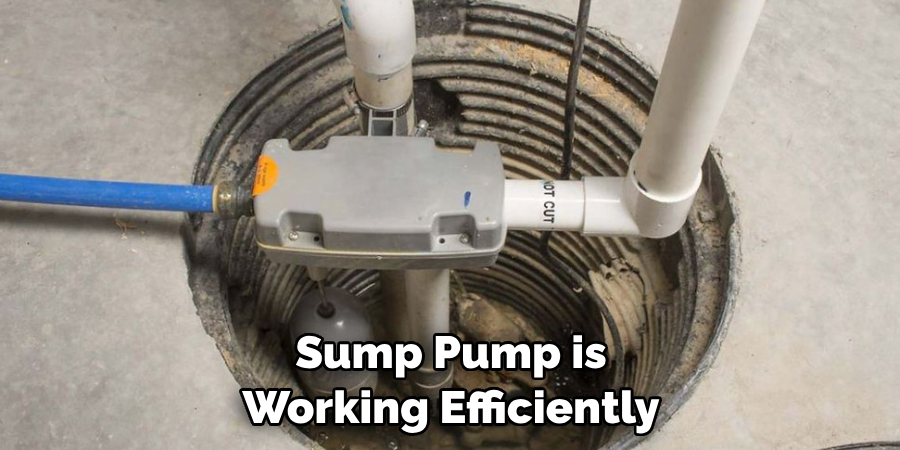
5 . Use a Water Level Sensor
If you are worried about water levels getting too high, consider installing a water level sensor on your sump pump. This will alert you when the water reaches a certain height so that you can take action immediately before any damage is done.
6 . Install Window Wells
If you have windows in your basement, consider installing window wells. These will help to keep any excess water away from your foundation and prevent it from seeping into your home. Make sure they are properly graded so that the water flows away from your house.
7 . Put Down a Plastic Sheet or Tarp
In order to protect your basement floor from any standing water, consider putting down a plastic sheet or tarp. This will help to keep the floor dry and make it easier for you to clean up the water once it has been pumped out.
8 . Use a Submersible Pump
If your basement has deep areas of standing water, consider using a submersible pump. These pumps are designed to be placed directly into the water and are powerful enough to remove any excess moisture quickly and easily.
9 . Use a Hydrometer
If you’re unsure of how deep the standing water is in your basement, consider using a hydrometer. This device will measure the depth of the water so that you can estimate how much water needs to be pumped out.
10 . Check For Electrical Outlets
Before you start using a sump pump, make sure that any electrical outlets near the water are properly sealed off or covered up. This will help to prevent any electric shock from occurring when the pump is in use.
11 . Pump Away From Your Home
When you are using your sump pump, make sure to direct the water away from your home and not towards it. This will help to keep any excess moisture away from the foundation and prevent any further damage.
12 . Monitor The Pump Regularly
Once you have set up your sump pump, it is important to monitor it regularly. Make sure that the pump is working properly and that any clogs or debris are cleared away. This will help ensure that your sump pump can do its job effectively and get rid of all the excess water in your basement.
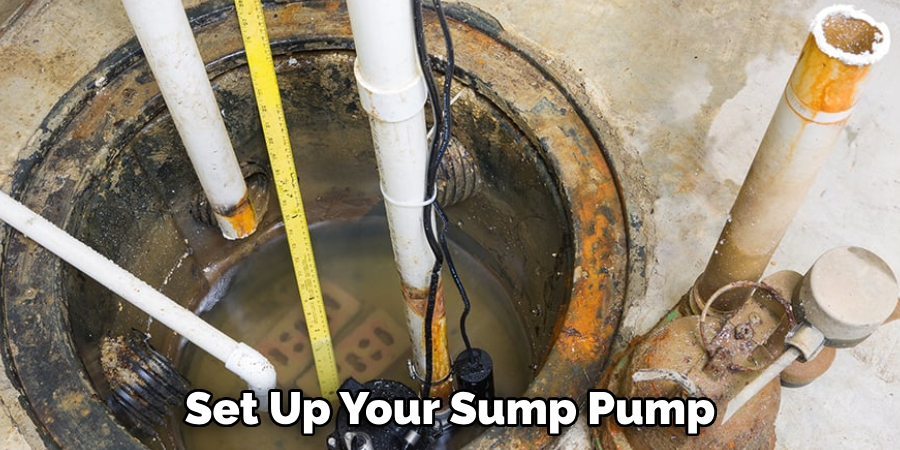
By following these tips, you can be sure to use your sump pump correctly and efficiently to remove any standing water from your basement. This will help to protect your home from any water-related damage and keep it looking its best for years to come.
Frequently Asked Questions
What Precautions Should I Take Before Pumping Out Water From My Basement?
Before attempting to pump out the water from your basement, it is important to consider the safety of everyone involved. Ensure that all electrical appliances in the area are switched off and unplugged, as they could become submerged or damaged by any flooding.
Additionally, ensure that you have a working fire extinguisher and carbon monoxide detector installed, as well as a stable ladder to help you safely navigate the area if needed. Finally, wear rubber boots and protective clothing that will keep you dry while pumping out the water.
How Do I Choose the Right Pump For My Basement?
The right pump for your basement will depend on factors such as the depth of any standing water, how much you need to remove, and what type of walls and flooring are present. Submersible pumps are ideal for flooded basements as they can be placed directly into the water while still remaining safe to use.
If the water is shallow, an electric or manual sump pump can be used as they are better able to handle smaller amounts of liquid than a submersible model. For more complex jobs, you may need to hire a professional who will be able to select the appropriate pump for your needs.
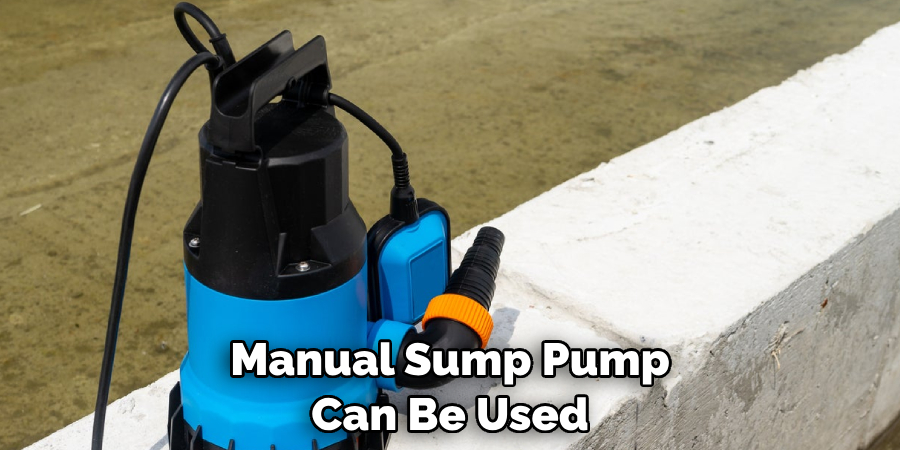
Conclusion
Ultimately, pumping out water from the basement is not always an easy task, but there are several options to make it simpler. Ensuring proper cleaning before and after the water is pumped out is also an integral part of mitigating damage and keeping your basement safe for years to come.
A long-term solution involves waterproofing the basement before any soil around the home is saturated so that no more water is able to enter.
Now you know how to pump out water from basement! Additionally, making sure all window wells are equipped with a grate and fitted with a cover can keep them from flooding in intense storms. Security against floods is essential for any homeowner hoping to minimize damage and costly repairs due to sudden shifts in weather patterns.

